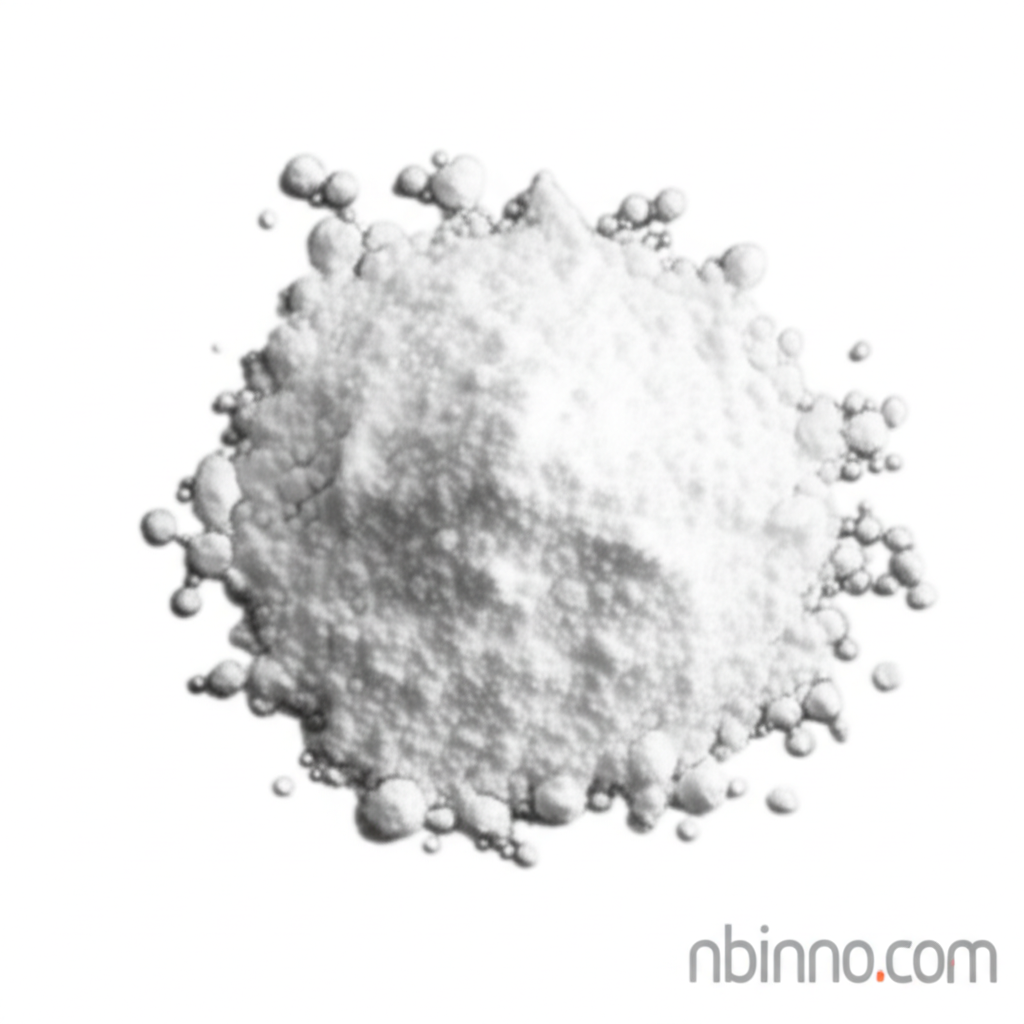Rafoxanide: A Potent Anthelmintic and Emerging Anti-Cancer Agent
Exploring the dual role of Rafoxanide from veterinary parasite control to novel cancer therapeutics.
Get a Quote & SampleProduct Core Value

Rafoxanide
Rafoxanide is a critical pharmaceutical ingredient, primarily recognized for its potent anthelmintic properties. It functions by uncoupling mitochondrial oxidative phosphorylation, effectively halting ATP synthesis in parasites, and is widely used in veterinary medicine to treat infections like fascioliasis, gastrointestinal nematodes, and nasal bot flies. Beyond its established veterinary applications, recent scientific endeavors highlight Rafoxanide's emerging potential in oncology. Studies indicate its efficacy in inhibiting the growth, migration, and invasion of cancer cells, particularly non-small cell lung cancer (NSCLC). This anti-cancer activity is attributed to its ability to induce endoplasmic reticulum stress, activate the unfolded protein response, and promote apoptosis and cell cycle arrest.
- Leverage Rafoxanide's established anthelmintic efficacy for effective veterinary parasite control in livestock.
- Explore the novel anti-cancer properties of Rafoxanide, demonstrating significant inhibition of NSCLC cell growth and migration.
- Understand the mechanism of action of Rafoxanide, involving endoplasmic reticulum stress induction and unfolded protein response activation in cancer cells.
- Investigate Rafoxanide as a potential therapeutic agent for various cancers, building on its observed anti-tumor activity in preclinical models.
Product Advantages
Dual-Action Efficacy
Rafoxanide offers a unique dual-action profile, serving effectively as a veterinary anthelmintic while showing promising results in cancer research, making it a versatile compound.
Mechanism of Action Clarity
The well-defined mechanism of uncoupling oxidative phosphorylation in parasites and inducing endoplasmic reticulum stress in cancer cells provides a solid foundation for its applications.
Therapeutic Repurposing Potential
The exploration of Rafoxanide for cancer treatment represents a significant drug repurposing opportunity, potentially offering new treatment options for conditions like NSCLC.
Key Applications
Veterinary Medicine
Used for the treatment and control of Fascioliasis, gastrointestinal nematodes, and nasal bot fly in cattle and sheep, showcasing its broad-spectrum anthelmintic capabilities.
Oncology Research
Investigated for its anti-cancer effects, including inhibition of cell growth, invasion, and migration, with notable activity against non-small cell lung cancer (NSCLC).
Drug Discovery & Development
Serves as a valuable pharmaceutical intermediate and a candidate for drug repurposing, particularly in developing novel treatments for various diseases.
Cellular Biology Research
Studied for its role in inducing endoplasmic reticulum stress and activating the unfolded protein response, providing insights into cellular stress pathways and apoptosis.
